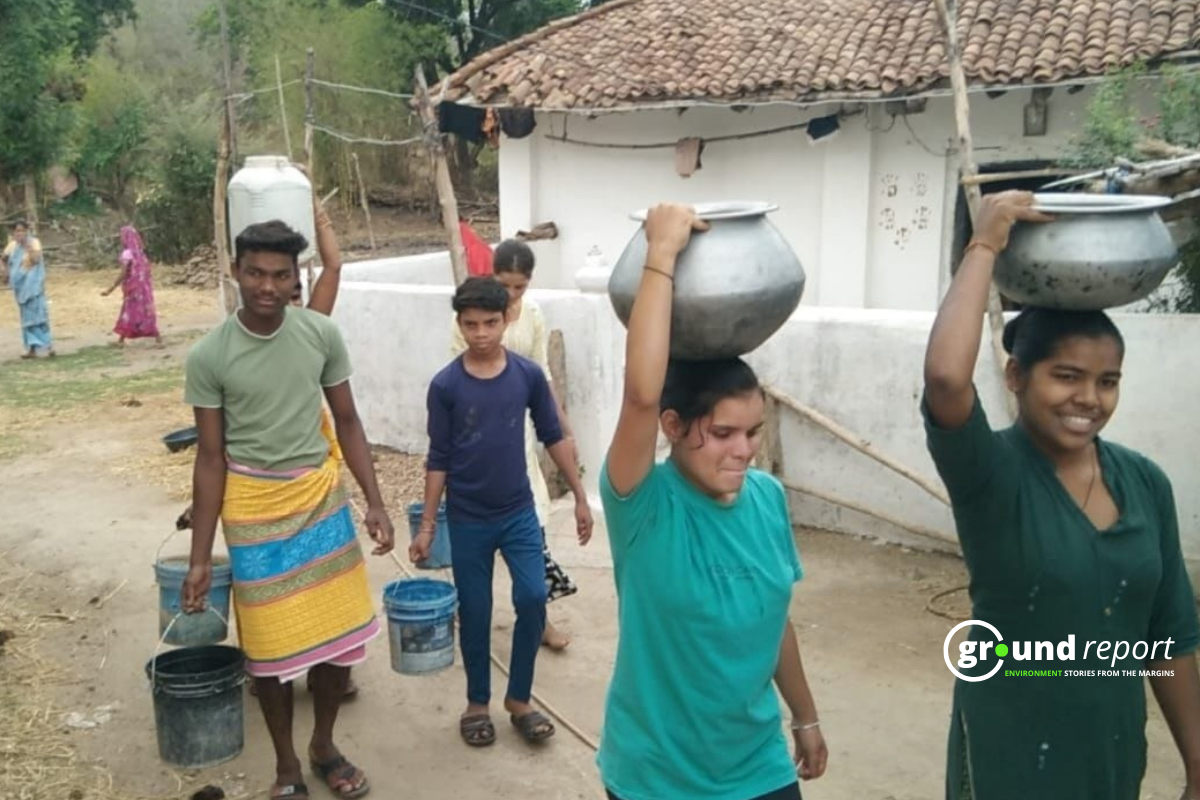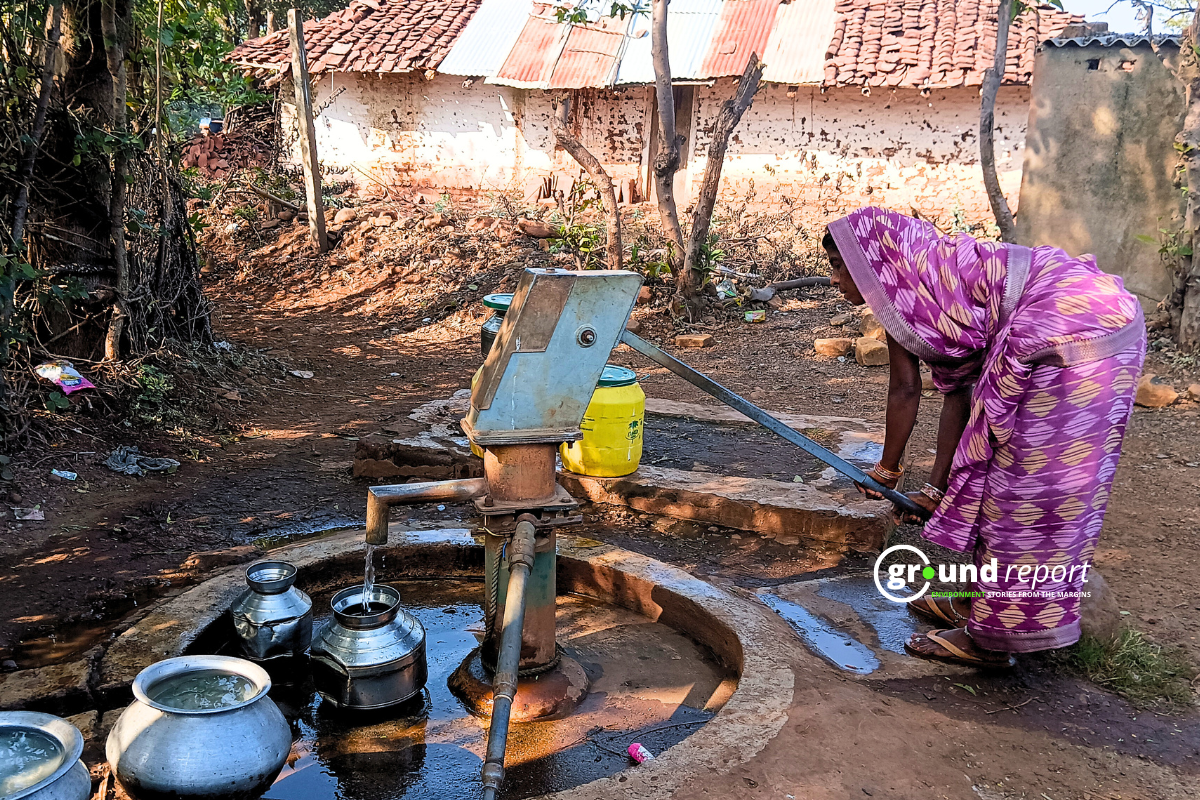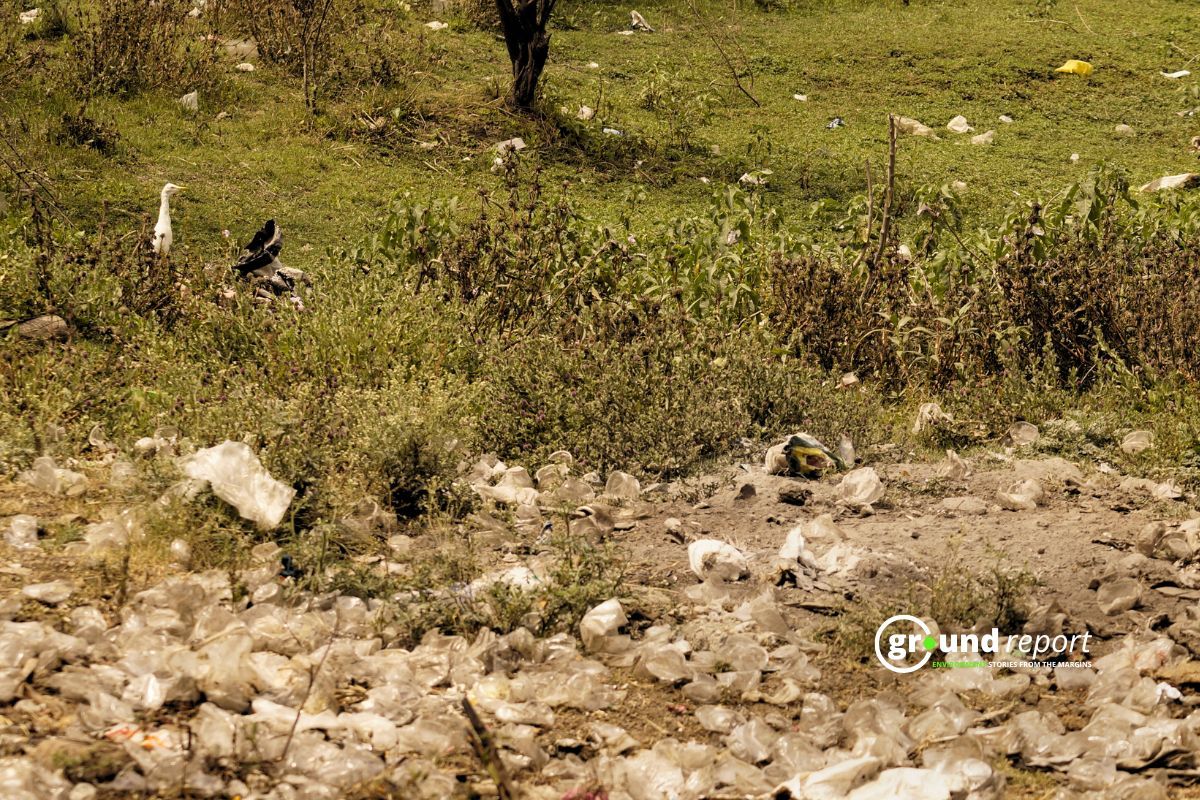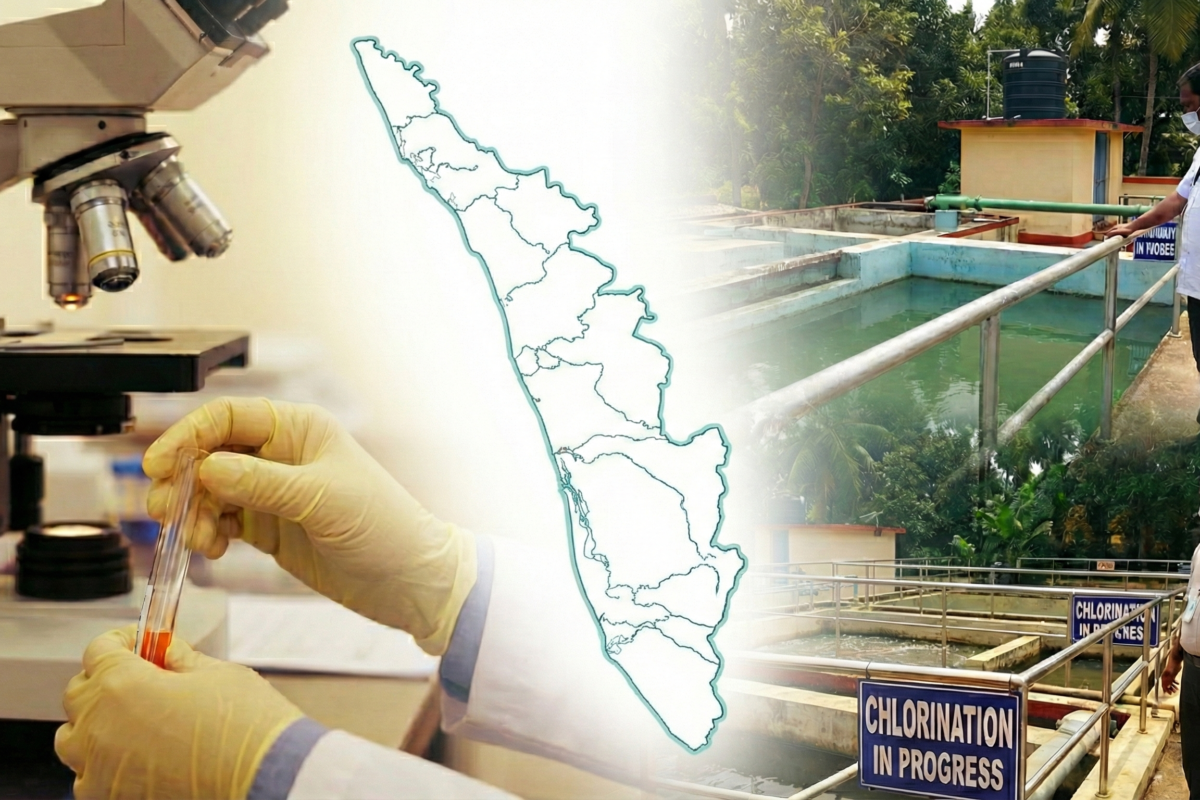Numerous regions worldwide are witnessing a swift decline in underground water reserves, which billions of people depend on for drinking, irrigation, and other purposes, according to the research report published in Nature. The research analyzed millions of groundwater level readings from over 170,000 wells across more than 40 countries.
This is the first study to globally assemble data on groundwater levels, say the researchers involved. The findings will aid scientists in better understanding the human impact on this crucial underground resource, whether through excessive usage or indirect changes in rainfall patterns associated with climate change.
Unsustainable groundwater withdrawals and changing climate deliver a one-two punch, causing global water levels to fall on average, which leads to water shortages, slumping land surfaces, and seawater intrusion into aquifers. The new study suggests that many places have experienced an acceleration in groundwater decline since 2000. However, it also suggests that better water management can reverse these losses.
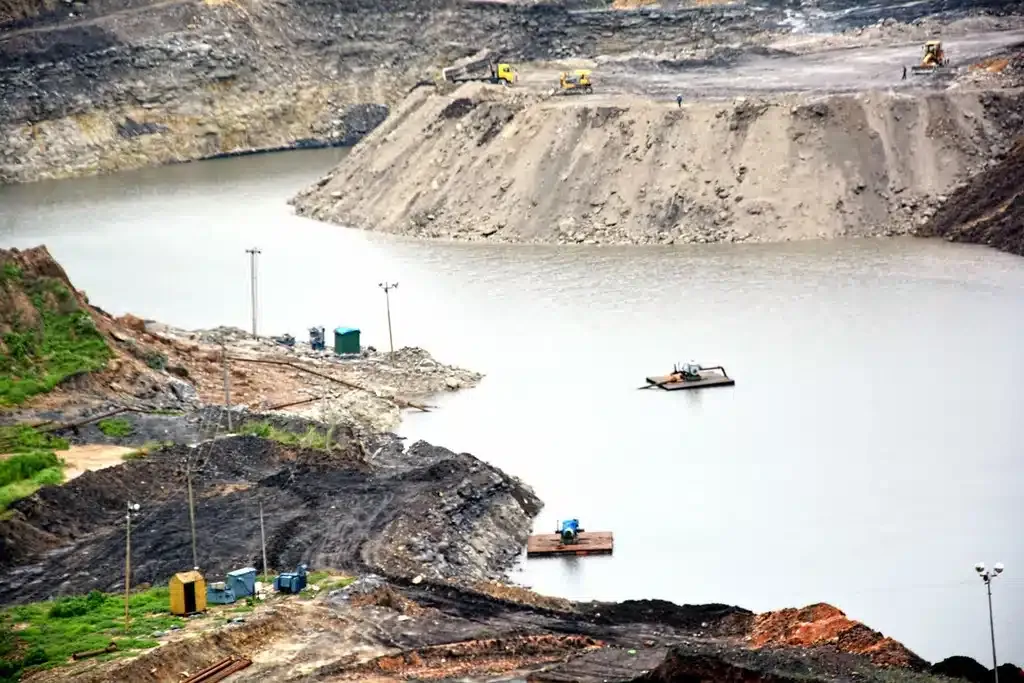
“Unfortunately, groundwater declines are rapid and accelerating worldwide,” said Scott Jasechko, a water resources expert at U.C. Santa Barbara, who co-led the study. “However, we also discover cases where clever interventions have reversed declining groundwater trends.”
The review of nearly half of the cases showed that groundwater levels, which had been on the decline, either slowed down (20 percent), reversed their decline (16 percent), or rose (13 percent). The implementation of policies or regulations that turned to alternative sources like recycled water or diverted river flows, used tiered or higher fees for water consumption or intentionally replenished, or recharged, aquifers with water from other sources, largely resulted in these reversals.
Global Groundwater Decline Alert
Permeable rock structures, called aquifers, store groundwater, a crucial resource. This is particularly true in regions like northwest India and the southwest United States, where they limit rainfall and surface water.
A decrease in groundwater levels can pose challenges for people in accessing freshwater for drinking or crop irrigation and can lead to land sinking, also known as land subsidence.
“This study was driven by curiosity. We wanted to better understand the state of global groundwater by wrangling millions of groundwater level measurements,” said co-lead author Debra Perrone, an associate professor in University of California’s Santa Barbara’s Environmental Studies Program.
In their research including 1,693 aquifer systems, the authors found that groundwater levels declined between 2000 and 2022 in 71% of them. They also found a decline of more than 0.1 meter a year in groundwater levels in 36% or 617 of these systems.
Insights for Global Water Issues
The researchers embarked on this project to understand the decline in groundwater levels in California within a global context. They collaborated with other leading water experts to examine changes in groundwater levels over time by reviewing measurements from monitoring wells.
They began with approximately 300 million water level measurements from 1.5 million monitoring wells and established aquifer boundaries based on previous studies. To identify a trend, they required at least two measurements from the 21st century, separated by a minimum of eight years. This process resulted in data from 170,000 wells in nearly 1,700 aquifers worldwide, making it the largest dataset ever compiled at such a granular level.
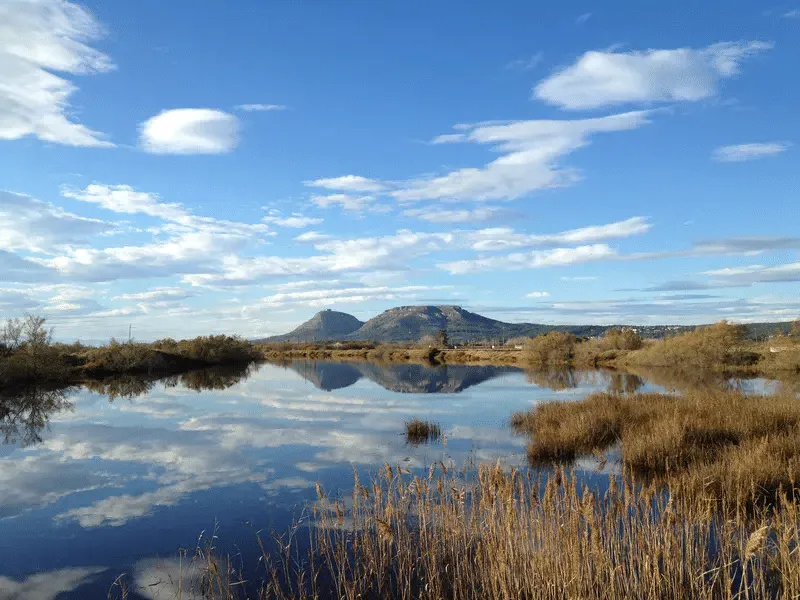
The analysis revealed that rapid declines in groundwater levels, at a rate of half a meter per year (about 1.6 feet), are common. Jasechko explained that in areas where wells are no more than five meters below the water table, these wells could run dry within the next decade if groundwater levels continue to decline at this rate.
The study also found that the rates of groundwater level declines in some areas in the southern part of the Central Valley and the adjacent Cuyama Valley are among the highest globally. Aquifers in India also exhibited significant declines, as did less researched regions, including an agricultural center in Iran, the West Qazvin plain.
Ellen Hanak, a senior fellow with the nonprofit Public Policy Institute of California’s Water Policy Center, praised the researchers for their comprehensive data collection and analysis. She was not involved in the research but noted that the study offers valuable local insights that will be beneficial for those examining groundwater issues worldwide.
Declines not universal
The study also points out some positive instances in Bangkok, Arizona, and New Mexico, where groundwater levels have started to recover due to measures taken to better regulate water usage or redirect water to replenish depleted aquifers.
Jasechko expressed his admiration for the ingenious strategies implemented to combat groundwater depletion in several places, although he noted that such ‘good news’ stories are quite rare.
To determine if the declines observed in the 21st century were accelerating, the team also examined data for groundwater levels from 1980 to 2000 for 542 of the aquifers in the study. They discovered that declines in groundwater levels accelerated in the first two decades of the 21st century for 30% of those aquifers, surpassing the declines recorded between 1980 and 2000.
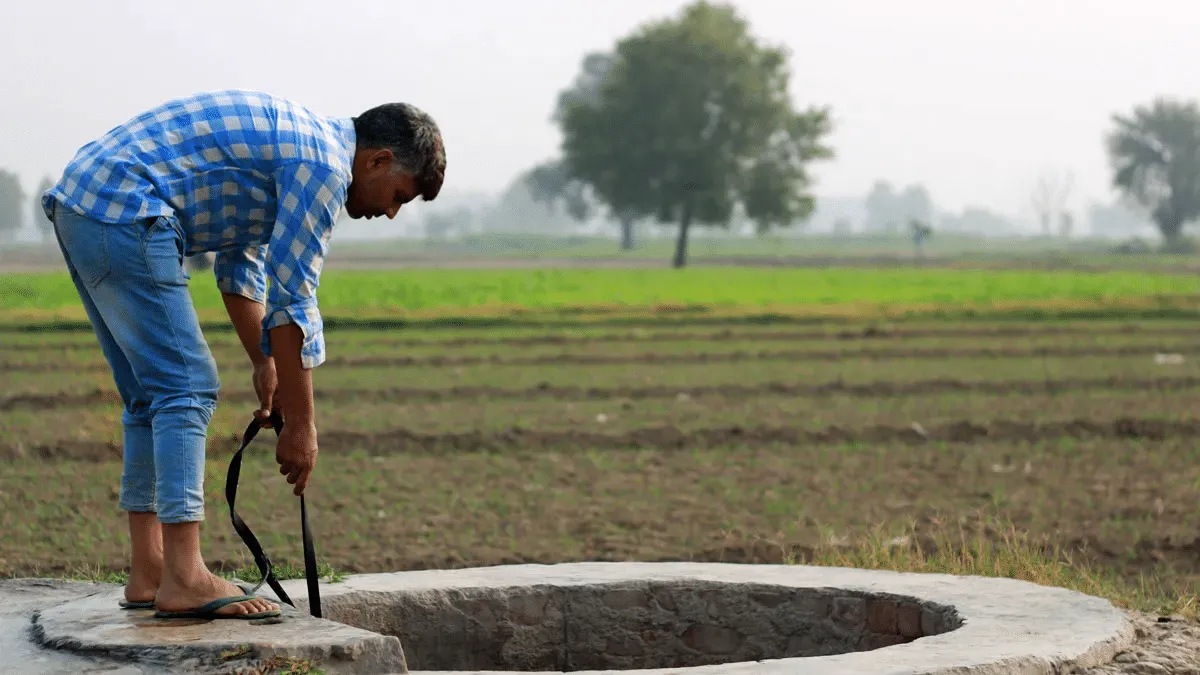
The study pointed out that these instances of accelerating groundwater-level declines are more than twice as common as one would anticipate from random fluctuations in the absence of any systematic trends in either period.
Donald John MacAllister, a hydrologist at the British Geological Survey, who didn’t participate in the research, praised the data set as “impressive,” despite some gaps. He stated that nobody, to his knowledge, compiled this global groundwater data before, certainly not on this scale.
He said, “I think it’s fair to say that no one, certainly on this scale, has ever done this global compilation of groundwater data before, at least to my knowledge.”
“Groundwater presents an incredibly important resource, however, because it remains hidden, most people overlook it. We face the challenge of constantly advocating for this resource to policymakers. We need to maintain and utilize this resource to build resilience and adapt to climate change.”
Keep Reading
- How retreat of Machoi glacier impacting lives in Kashmir?
- Hathiya Kheda: Four Villages In MP Waiting For Roads
- “Give Plastic, Take Gold” Initiative In Sadiwara Village Of Kashmir
Follow Ground Report for Environment and Under-Reported issues in India. Connect with us on Facebook, Twitter, Koo App, Instagram, Whatsapp and YouTube. Write us on GReport2018@gmail.com.


